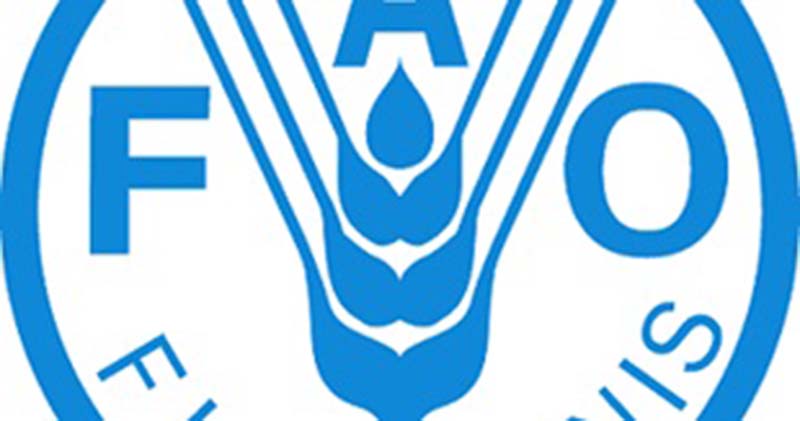The Food and Agriculture Organization of the United Nations (FAO) has published what is being seen as a landmark report highlighting what it sees as the worsening state of the earth’s soil, land and water resources, and the challenges that this poses for feeding a global population expected to approach ten billion by 2050.
“The pressures on soil, land and water ecosystems are now intense, and many are stressed to a critical point,” FAO Director-General Qu Dongyu wrote in the foreword to the synthesis report titled “The State of the World’s Land and Water Resources for Food and Agriculture – Systems at breaking point (SOLAW 2021).” “Against this background, it is clear that our future food security will depend on safeguarding our land, soil and water resources,” the FAO Director General wrote.
“Current patterns of agri-food production are not proving sustainable,” the Director-General noted in remarks at the launch at the launch of the report. “Yet, agri-food systems can play a major role in alleviating these pressures and contributing positively to climate and development goals,” he added.
The report informs that if we keep our current trajectory, producing the additional 50 per cent more food needed could mean water withdrawals for agriculture increasing by up to 35 per cent. That could create environmental disasters, increase competition for resources, and fuel new social challenges and conflicts.
The FAO’s findings as well as the outcomes of its February-March meeting will hold particular significance for Caribbean Community (CARICOM) which is widely seen as having squandered opportunities to pool its resources to move the region in the direction of greater food security in circumstances where it is manifestly equipped to do so. The region has come under scathing criticism for the failure of the institutions built into the Treaty of Chaguaramas that allow for intra-regional cooperation in the creation of agri-food systems including openings in agro-processing that will provide enhanced assurances of regional food security while significantly reduce spending on extra-regional food imports.
In its report on the status of global food security, the FAO has tagged human-induced soil degradation which it says impacts 34% (1,660 million hectares) of agricultural land. It notes that while more than 95% of food consumed by humans is produced on land, there is little room for expanding the area available for production. Contextually, it notes that urban areas occupy less than 0.5% of the earth’s land surface even though the rapid growth of cities has significantly impacted land and water resources, polluting and encroaching on prime agricultural land that’s crucial for productivity and food security. Water scarcity, it says, jeopardises global food security and sustainable development, threatening 3.2 billion people living in agricultural areas.
The FAO says that given limited arable land and freshwater resources, a rapid scaling-up of technology and innovation is vital. It calls for the strengthening of the “digital architecture needed to provide basic data, information and science-based solutions for agriculture that make full use of digital technologies and are climate-proofing.”
The FAO is also calling for a “more inclusive and adaptive” water governance regime that brings greater benefit to millions of smallholder farmers, women, youth and indigenous peoples, whom it says are the most vulnerable to climatic and other socio-economic risks and face the greatest food insecurity.
The report concludes that since sustainable soils, land and water are the foundations for resilient agri-food systems, the sustainable use of these resources is key to achieving climate mitigation and adaptation targets.





